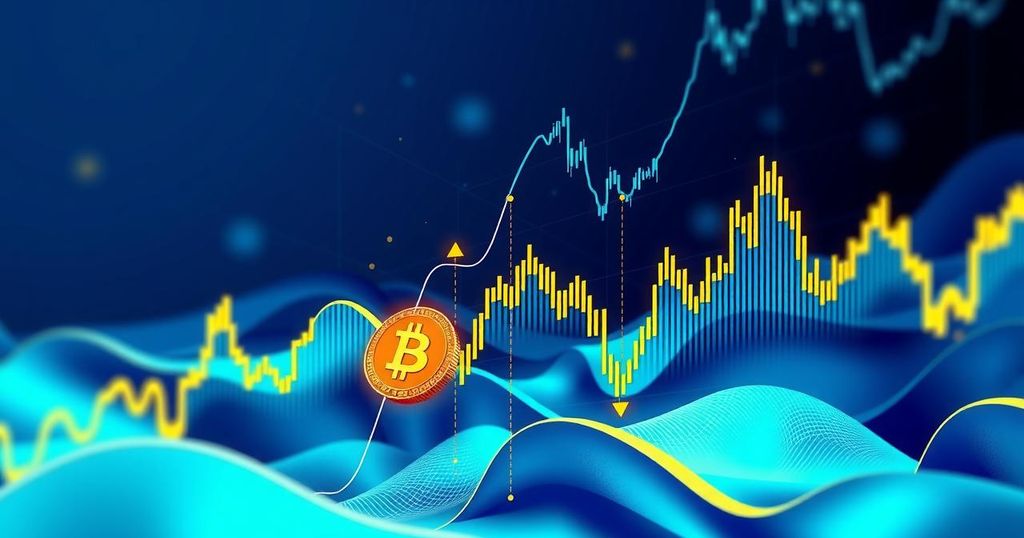ETH Price Analysis: Bullish Signals but Capacity for Caution Remains
The ETH/BTC ratio has dropped to ‘extremely undervalued’ levels, signalling possible future ETH outperformance against BTC. However, ongoing stagnation in network activity, waning institutional interest, and shifts in market dynamics suggest caution for traders expecting a quick recovery of ether. Meanwhile, Bitcoin’s value has surged, evidencing a contrasting performance in the current crypto landscape.
Analysis of Ether Pricing and Market Trends
ETH/BTC Ratio Highlights Undervaluation Yet Hints at Caution
The ether-bitcoin (ETH/BTC) ratio recently dipped to a historically low point, which points to ETH possibly outperforming BTC under certain circumstances. This metric is signalling that ETH might be ‘extremely undervalued,’ according to CryptoQuant. However, traders eyeing a fast recovery for ether should probably temper their enthusiasm.
According to CryptoQuant, the market value to realised value (MVRV) ratio for ETH/BTC has plummeted to levels not seen in years — typically, these low points have preceded ETH-led rallies against BTC. Notably, the ETH/BTC ratio peaked at over 0.08 back in late 2021, yet it currently sits near 0.019, a staggering decline of roughly 75%.
The MVRV ratio measures a token’s current market cap compared with its realised capitalisation. Basically, it reflects the average cost basis for all circulating coins, calculated based on the price at which each was last transacted on the blockchain. But the current climate is different; network activity has stagnated, showing little movement in core usage metrics like transaction counts and user addresses, as highlighted by CryptoQuant.
One contributing factor appears to be the rise in ether’s total supply, which has coincided with a sharp decrease in transaction fees burned. This reduction in burn activity can be traced back to the Dencun upgrade in March 2024, which has slashed transaction fees significantly. The new fee structure has really altered the landscape for ether.
Since 2021, Ethereum’s network has not experienced any significant growth, and this stagnation is evident in transaction volumes and active addresses. With Layer 2 solutions such as Arbitrum and Base gaining traction, the mainnet activities have suffered, creating a paradoxical scenario; while these solutions can enhance efficiency, they end up diminishing base layer value accrual for ETH.
The softening of institutional interest in ETH is another complicating factor. Staked ETH numbers have decreased, and investment balances are tapering off. CryptoQuant suggests that there’s a visible decline in demand for ETH both as a reliable yield source and as an institutional asset.
In recent trends, the total staked ETH dropped from its high last November of 35.02 million ETH to about 34.4 million ETH now, hinting that investors might be reallocating or looking for more liquid assets in this tougher market climate. The amount of ETH held in investment products has also seen a concerning decrease of about 400,000 ETH since February, indicating a broader reduction in institutional enthusiasm.
Interestingly, while Ethereum struggles, Bitcoin is on a roll. Recently, Bitcoin’s value surged, nearly touching the prestigious $100,000 mark, primarily due to its strengthening reputation as a safe-haven asset for traders.
Shaurya Malwa is involved with CoinDesk, focusing on crypto derivatives and protocol analysis in Asia. He has diverse crypto holdings across a number of tokens and provides liquidity in various protocols, reflecting his engagement in the crypto market.




Post Comment